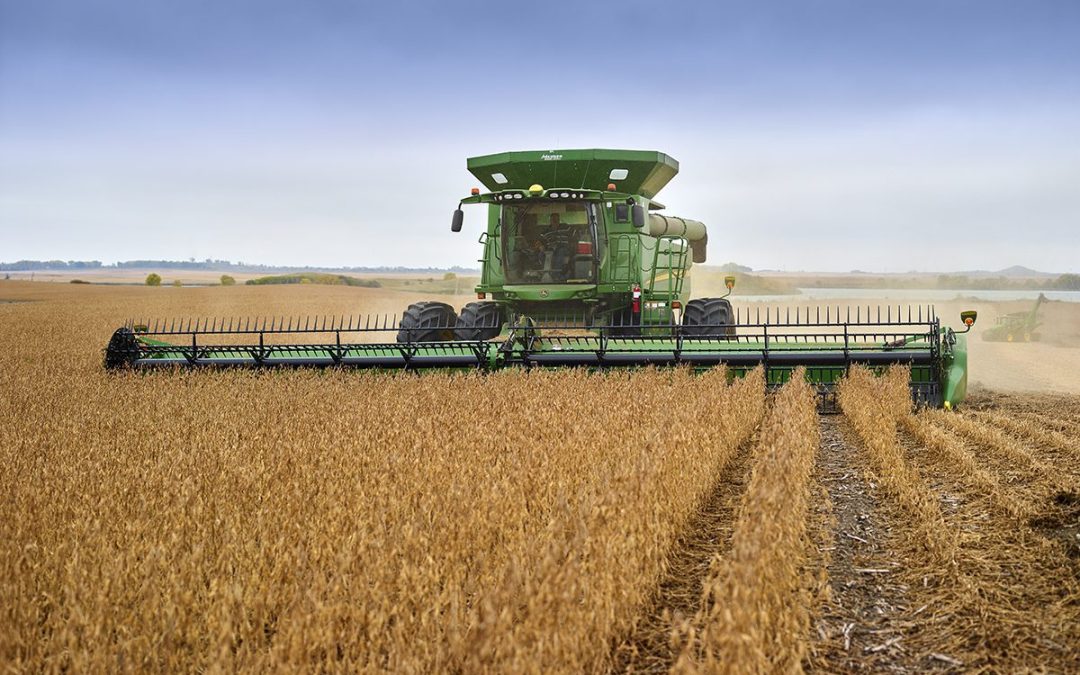From next month, October, our attention will shift to the new summer grain production season. We will focus more on the weather conditions, field work on the farms, and input costs. But until that time, it is valuable to keep a close eye on the current 2024-25 production season. The crop is a bit later this year compared to usual due to late plantings and an extended rainfall period.
It is for this reason that we have consistently kept an eye on production prospects and their implications for food price inflation. Fortunately, the picture continues to improve and now looks more optimistic than in previous reports. For example, the data released at the end of August by the Crop Estimates Committee show that South Africa’s 2024-25 summer grains and oilseed harvest is up by 4% from the July 2025 estimate to an expected 19.55 million tonnes. Compared to the previous season, this is a 26% year-on-year increase. There is an annual uptick in all the crops, mainly supported by favourable summer rains and the decent area plantings.
Indeed, the base effects contributed significantly to the massive percentage annual jump. Remember, we struggled with a drought last year that weighed on the harvest.
This ample crop will likely continue to put downward pressure on prices, which bodes well for a moderating path of consumer food price inflation.
A closer look at the data reveals that the monthly upward revisions were primarily in maize (+5%), dry beans (+16%) and soybeans (+1%). Meanwhile, the rest of the other crops were roughly unchanged from the previous month.
More specifically, South Africa’s maize harvest is now forecast at 15.80 million tonnes, which is 23% higher than the crop for the 2023-24 season. Importantly, these forecasts are well above South Africa’s annual maize needs of approximately 12.00 million tonnes, implying that South Africa will have a surplus and remain a net exporter of maize.
Regarding oilseeds, the soybean harvest is estimated at 2.75 million tonnes, representing a 49% year-over-year increase. Sunflower seeds are up 12% from the last season and are estimated at 708,300 tonnes.
The groundnut harvest is estimated at 61,389 tonnes (up 18% y/y), sorghum production is estimated at 137,970 tonnes (up 41% y/y), and the dry beans harvest is at 86,407 tonnes (up 71%).
Overall, South Africa is experiencing a recovery season for its grain and oilseed production, although some areas may face quality challenges, particularly with white maize. Still, the quality issues do not fundamentally alter the available volume for milling acceptability or food supplies, although they may weigh on farmers’ profitability.
We continue to see the benefit of the ample harvest in the softening commodity prices, which bodes well for consumer food price inflation.
If you enjoyed this post, please consider subscribing to my newsletter here for free. You can also follow me on X (@WandileSihlobo)


